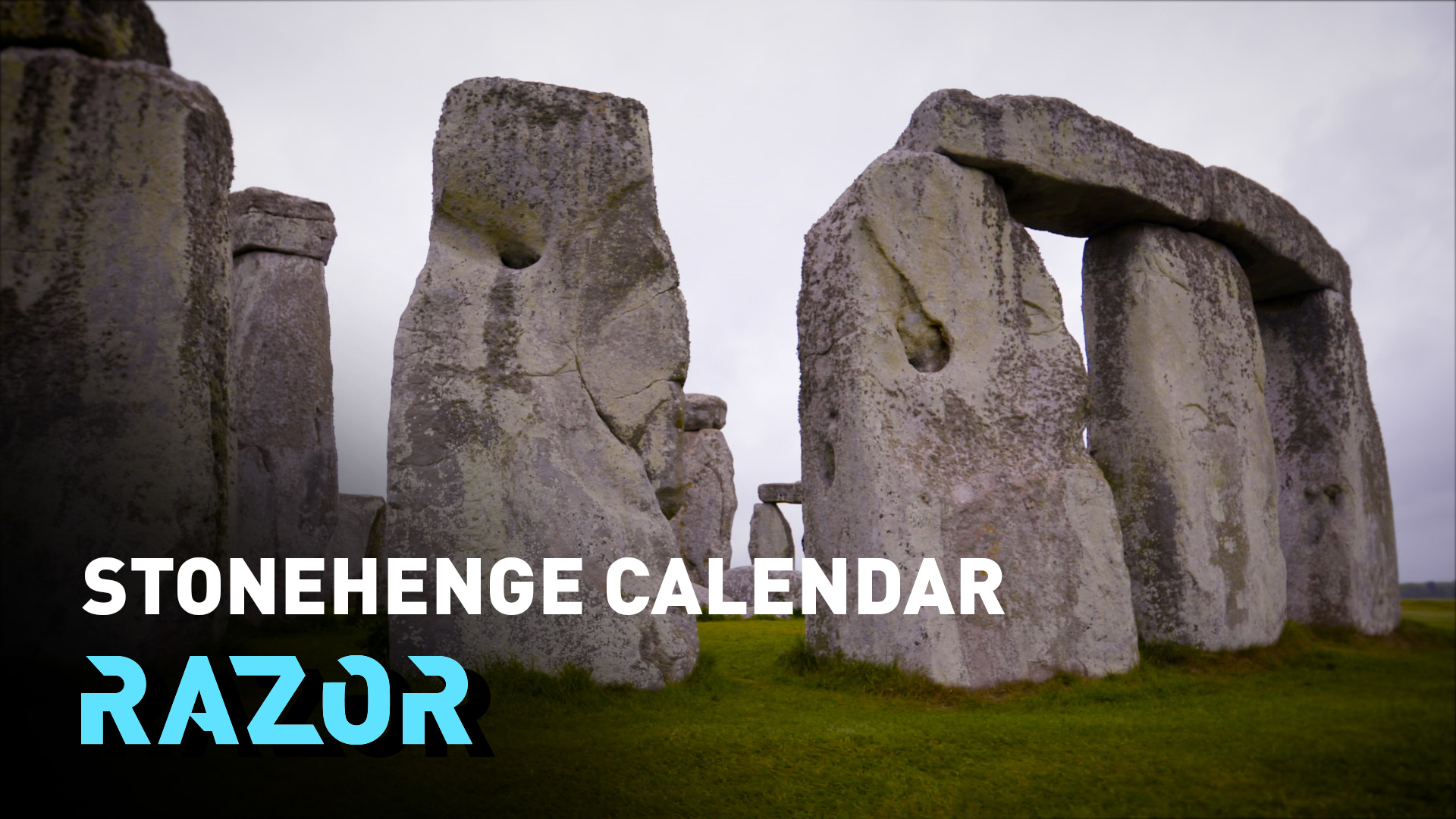16:55

Razor heads to Stonehenge, the iconic prehistoric monument located in Wiltshire, to explore a new theory which suggests the sarsen stones were designed as a calendar to track a solar year. According to Professor Tim Darville from the University of Bournemouth, each of the stones in the large sarsen circle represents a day within a month and functioned like the solar calendar used in ancient Egypt, based on a year of 365.25 days.
The key to unlocking this calendar system came from the discovery in 2020 that most of the sarsen stones were quarried from the same location 25 kilometres away, and were placed at Stonehenge at around the same time. Razor gets a personalised tour of the site with Professor Darville and explores first hand how the site worked as a calendar and his scientific research which supports this theory.

